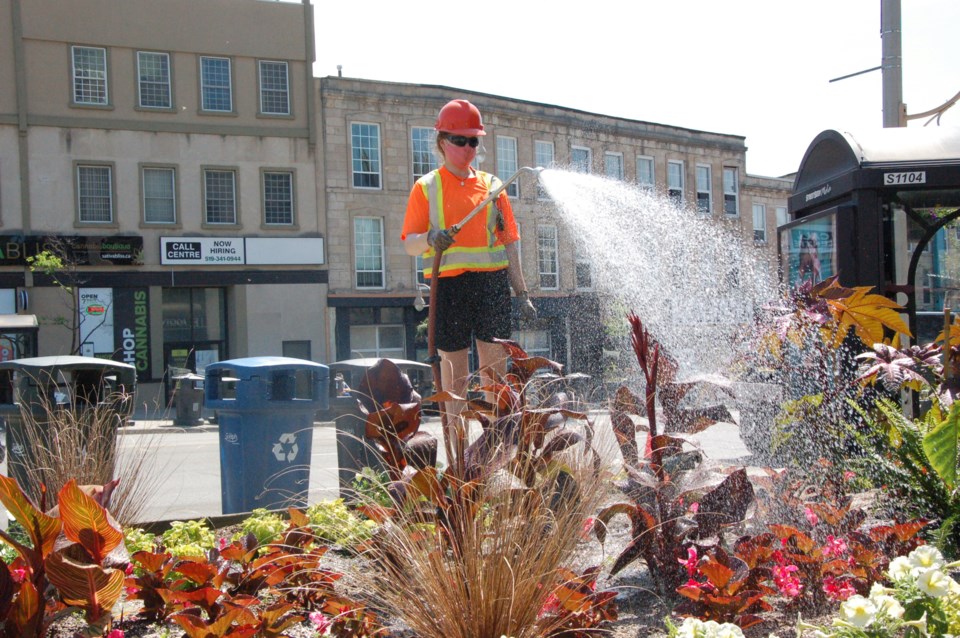City council tentatively endorsed a plan on Tuesday that could see new water-taking wells established outside city limits in order to satisfy the demand from expected growth.
Meeting as the committee of the whole, council unanimously supported the idea, contained within the Water Supply Master Plan update, along with a number of other staff-recommended steps aimed to increase supply and decrease individual use – efforts which come with an estimated $222 million price tag collectively.
“There’s no question that it has to be done because the population is growing,” commented Dominque O’Rourke, whose Ward 6 is slated to see much of the population increase through to 2051.
The city currently has nearly 145,000 residents and is mandated to grow to 203,000 by 2051, though council recently approved a motion seeking to increase that number to 208,000 in light of the annexation of the Dolime Quarry lands and planned development there.
As noted in the master plan update report, the city has a “firm water supply” capacity of approximately 65,447 m3 to 79,422 m3 per day through the existing water-taking system. That system includes 25 drilled groundwater wells – including Arkell Spring Grounds on city-owned lands in Puslinch – shallow and deep bedrock aquifers, one groundwater collection system, the Eramosa River intake and a groundwater recharge system.
By 2051, demand in Guelph is expected to be between 68,306 m3 /day and 91,530 m3 /day, which could reach beyond what the current system can provide.
In order to overcome that deficit, city staff took a look at water conservation, efficiency and demand management; groundwater sources both inside and outside city limits, creation of an aquifer storage and recovery system; and local surface water systems.
“Over the last 19 years we have found all the ‘easy’ water,” explained Jennifer Rose, the city’s general manager of environmental services, explaining next steps include treating contaminated water in order to make it usable and taking water from outside city limits. “We are focused on a sustained, local approach to groundwater.”
At this point, Guelph’s water supply comes entirely from the ground but Rose said the city may have turn to creation of a Guelph Lake water treatment plant or aquifer recharge system down the line.
“It may or may not be needed,” she told the committee.
So far, Rose noted, water conservation efforts have been focused on residential users, but numbers have “levelled off,” inspiring staff to turn its attention to large users in the future.
The plan also includes test wells in Puslinch and Guelph-Eramosa townships.
Coun. June Hofland expressed concern about the cost of water supply expansion efforts.
“It seems like such an overwhelming number,” she said of the estimated $222 million cost.
Rose explained that money will come through a combination of development charges for new units as well as user rates, with potential for upper-tier grant funds.
Councillors Mark MacKinnon and James Gordon were absent from the committee meeting.
In order for the committee’s endorsement of the Water Supply Master Plan update to become official, it needs to be ratified during a formal council meeting. Ratification is expected to be on the agenda for council’s monthly meeting, on June 27.
